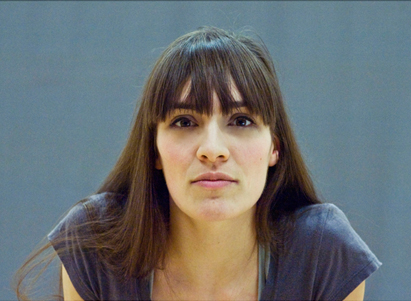 Rachel trained at Middlesex University, and the Merce Cunningham Studios in New York, where she also performed with the Repertory Understudy Group. She has choreographed for Cloud Dance, Actual Size, Middlesex University Students, Switchback Productions and currently a variety of her own projects, including ‘Pull Through, Flick’ performed at Woking Dance Festival, G Live and Cloud Dance Sundays, and ‘Threshold’ at Emerge’13 and Resolution! 2014.
Rachel trained at Middlesex University, and the Merce Cunningham Studios in New York, where she also performed with the Repertory Understudy Group. She has choreographed for Cloud Dance, Actual Size, Middlesex University Students, Switchback Productions and currently a variety of her own projects, including ‘Pull Through, Flick’ performed at Woking Dance Festival, G Live and Cloud Dance Sundays, and ‘Threshold’ at Emerge’13 and Resolution! 2014.
Rachel currently creates and performs with/for Delve Dance and The People Pile, and has recently finished working on a dance film for musician Tiny Leaves. She has also worked with H2 Dance, Laila Diallo, Douglas Dunn, Shobana Jeyasingh and Gary Clarke.
When did you begin dancing, where and why?
I don’t really consider myself to have properly started dancing until I was at university at Middlesex in north London. I was a very small fish in a big pond with terrible feet, no flexibility, a pronounced arch in my lower back and sticky out ribs. I was encouraged to focus on dance particularly by a youth worker I was close to as a teenager – I owe a lot to her.
Once there I just absolutely LOVED the live musical accompaniment and the massive energy that was required, in Graham class in particular, and with this like-minded tribe of people. That’s one of my favourite feelings still. That felt like I was really ‘doing’ something. I loved feeling strong and I worked really hard.
What were your early years of dancing like?
I took Saturday dance classes as a child, because my Mum was a dance teacher and I think that’s a really normal thing for little girls to do (hopefully little boys too!), I did acro at a smoky, rundown school in Grantham that possibly still turns out amazing gymnasts. I didn’t really start to take it seriously until a teenager, about 15. I had dropped the acro and the little bit of ballet I’d done and taken on modern and tap (I LOVED tap!). Then I thought I should begin some ballet classes and enjoyed the autonomy of getting buses after school to the next town to take my dance classes. I felt pretty empowered by that!
How long have you been performing? Did you start young?
I’m sure I did a couple of productions when I was little but my head is very scatty and I think I was always the little girl who didn’t know we had to stay for rehearsals, or who hadn’t got my Mum to sign the permission slip, or those sorts of things, I only remember one or two. In school I always loved drama and did quite a few LAMDA exams to a good standard – I loved costuming crazy characters, improvising sketches, and also won a few medals for playing traumatised autistic children… which is curious…!
Where did you train and what was a typical day like?
I trained at Middlesex University and as the years went on the days became fuller and fuller, mostly with rehearsals and extra classes. We’d be on campus from 8.30 until the theatre closed at 10 – before that there was no closing time on the theatre so we were sometimes there until midnight and back again at 8.30. I slept quite a lot in the canteen…
We would have one or two technique classes a day – Graham and Humphrey in the first year, then with Cunningham or Skinner added in in the second year, and then our choice of the three in the third year. Ballet also happened a little between those techniques (I wasn’t mature enough yet to take proper advantage of ballet, I had decided I didn’t like it so was a very grumpy ballet student!).
For me though, in dancing 24/7 I had found the thing I really felt empowered and energised by so my focus became pretty strong and from the word go I joined as many extra classes as I could. In first year that meant joining the other groups’ Graham classes, in second year joining the other groups’ Cunningham classes (Cunningham was a hallelujah wake up call to me – finally somewhere my body felt at home!), and in third year joining everything I had a chance to, plus a lot of rehearsals. I did 7 day weeks there most of the time.
After I graduated I took a year to train at the Cunningham studios in New York until they closed and we all got sent home! Doing nine classes a week in that beautiful roof top studio was like dancing on clouds. It was one of the most difficult and rewarding years of my life and I would encourage everyone to make a scary jump like that. You can choose whether it’s good for you or not – choose it to be good.
What is a typical day like now?
Now there is absolutely no such thing as a typical day. They consist almost arbitrarily of class, meetings, rehearsals, so much more emailing and computer time than I ever imagined – they don’t teach that at uni… pub shifts, events work, teaching, researching, train trips to visit companies or locations I want to make a new work in, more emailing, more meetings. I can regularly be found working at the South Bank Centre, or downstairs doing class for myself if I’ve missed it, or working out some new choreography.!
I’d say a lot of my time is spent in making contact with people for possible opportunities in the future – they may be other local dancers, musicians I’ve met, photographers, film makers, other choreographers, costume designers. There’s a lot of coffee drunk in the freelance world!
Do you still take classes? How do you keep on top of your technique?
I would absolutely say that taking class is one of the most important things a freelancer can do – for the ongoing technique and for networking. That’s the only way I made any of my initial contacts in London when I first moved back here from New York. Class, class, class.!
Having said that, I’ve actually let class slip a bit recently – which is why I talk about taking it for myself, I find it so helpful having the semi-fixed vocabulary of Cunningham in my system which I can do in my living room, or Lloyd Park or the South Bank centre or wherever, if I haven’t been able to get to class. I also find it very meditative in busy/stressful periods.
Do you prefer choreographing to performing?
Whenever I’m doing more of one I miss the other! When I graduated I stupidly decided that I would only choreograph and a year later I was CRAVING a performance opportunity. There’s a big gap in my CV as a result which now I think can be overlooked but in the early years was a regrettable problem.
What’s the best part?
Of being a freelancer? I would say the sense of self-empowerment and freedom. There are so many restrictions on this lifestyle choice, of course – in terms of finance, opportunity, distraction, loneliness etc – but if you have a strong sense of self then I think it’s actually one of the most empowering decisions you could make. Although to be honest I don’t think I really ‘chose’ it, I just saw a lot of other options that I knew I didn’t want to do, or maybe I didn’t even notice the alternatives, I just kept gravitating towards ‘part-time work plus my own work’ until I found that my own work had become my priority and ‘other work’ could fit around that!
What would you say was your greatest choreographic achievement to date?
This is tricky… I would say with my most recent piece, Threshold, which was performed as part of Emerge Festival in November and Resolution! in January, that whilst I believe it holds absolutely to tenants that make something ‘contemporary’ in nature – which is not a quality set in stone but probably something about authenticity, integrity, and an effort at originality – it was genuinely enjoyed and ‘understood’ by audiences that are not at all otherwise engaged in dance. For them to have felt connected to it, inspired by it and free to bring their own understandings to it, that’s a great choreographic achievement to me. I hope I empowered audience members in that way. To be honest, I think I saw it a lot in my poor parents who have supported me for years, with my Dad groaning about coming to performances because he never ‘gets them’, and then with this piece, both of them really celebrating that they had felt all the things I had hoped people might, without me having to articulate anything verbally. That was really encouraging.
I think there can be a big gap of misunderstanding between the dance world and the ‘real’ world where people think that we dancers must be trying to confuse them or outwit them, make them feel a bit stupid; and sometimes as choreographers we can be a bit too submerged in our beautiful little community to realise that our work can just be a bit too ‘out there’ for audiences… There is absolutely a place for that experimentation and boundary pushing – it’s integral to contemporary work – but showing it to the wrong people as a finished product actively dwindles audience numbers. We need audiences! So I’m really happy that I feel like I made a piece of work that achieves both without losing integrity. Possibly it was a one-hit, who knows.
Which part of contemporary dance do you enjoy most?
I love the community of dancers, I think we all share a sort of common understanding. I work with some wonderful people who are genuine, who never make each other feel stupid, who are respectful; when you’re working with a group people with all sorts of different bodies and training and backgrounds, sharing work can make you very vulnerable so respect is needed. I love that about contemporary dance because I find it consistently. They’re some of my favourite kinds of people.
I also absolutely LOVE nailing a sequence in class and throwing my body around really energetically to some really loud live music :-)!
What advice would you give to someone aspiring to be part of the dance industry?
Get to class and talk to people. Say yes to everything at first. Be easy to work with and reliable. Over time you can begin to engage people in creating work with you. Let your reputation be known and be good.
What’s next for you?
Right now? A few days off with my nephew! That’s the freelance advantage, taking midweek days off 🙂
Professionally it is following up on contacts to getting Threshold seen and seen and seen. I have a few new projects being offered to me at the moment too, one musical collaboration, one sculptural and one architectural! And I’ve recently started the choreographic residency at Clarence Mews so am committing to regularly getting back in the studio and Pattern Making, as I like to call it. I also want to start a film project, which will require a lot of organisation. There are a couple of separate teaching projects I want to start too. Those are a few of the things – there are always so many ideas! In many ways that’s the disadvantage of being freelance – you can do anything! So what do you do?? 🙂 It’s difficult to decide which one requires prioritising in the now.
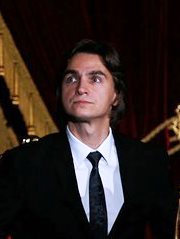 Sergei Filin, the Bolshoi Ballet artistic director who was wounded in an acid attack that shocked the dance world last year, will appear in New York in April as one of the judges of the Youth America Grand Prix ballet competition. As an influential figure for classical ballet in Russia particularly, the coup for the Youth America Grand Prix may be a controversial one for the prestigious competition.
Sergei Filin, the Bolshoi Ballet artistic director who was wounded in an acid attack that shocked the dance world last year, will appear in New York in April as one of the judges of the Youth America Grand Prix ballet competition. As an influential figure for classical ballet in Russia particularly, the coup for the Youth America Grand Prix may be a controversial one for the prestigious competition.
 The En Avant Foundation is a new non-profit foundation for specialised ballet coaching, mentoring and the awarding of scholarships in the sphere of classical ballet. As a new initiative formed with a specific purpose to promote classical ballet by offering specialised ballet coaching via Master Classes and Workshops, En Avant Foundation is able to offer dancers the means by which to propel their careers.
The En Avant Foundation is a new non-profit foundation for specialised ballet coaching, mentoring and the awarding of scholarships in the sphere of classical ballet. As a new initiative formed with a specific purpose to promote classical ballet by offering specialised ballet coaching via Master Classes and Workshops, En Avant Foundation is able to offer dancers the means by which to propel their careers.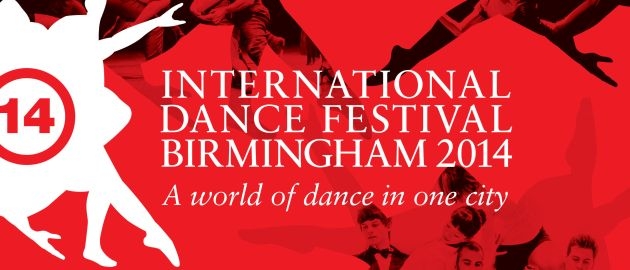 One of Europe’s largest dance festivals, International Dance Festival Birmingham is back for 2014 with another huge celebration of dance. From ballet to breakdancing, contemporary to circus the programme is jam-packed and now on sale.
One of Europe’s largest dance festivals, International Dance Festival Birmingham is back for 2014 with another huge celebration of dance. From ballet to breakdancing, contemporary to circus the programme is jam-packed and now on sale. The UK’s biggest dance event is just around the corner! MOVE IT is a dance haven for any fan, young or old and no matter what style of dance you love! The event offers classes, seminars, workshops, performances, shopping – the list goes on!
The UK’s biggest dance event is just around the corner! MOVE IT is a dance haven for any fan, young or old and no matter what style of dance you love! The event offers classes, seminars, workshops, performances, shopping – the list goes on!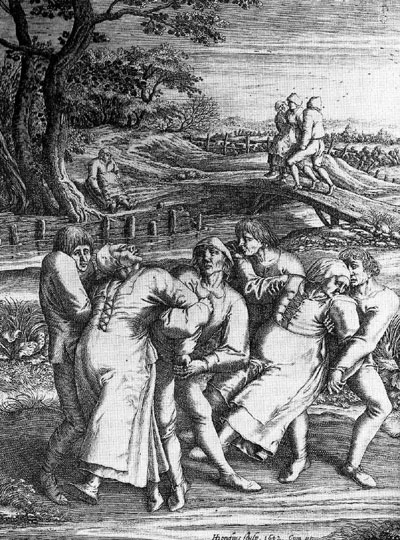 Almost 500 years ago a whole town was overcome with a “Dancing Plague” that saw people dropping dead from dancing, exhausted. This phenomenon has parallels with Romantic classical ballet Giselle, with Hilarion forced to dance to his death by the Wilis. Protagonist Albrecht, meanwhile, is saved by Giselle, her love for him just as strong in death.
Almost 500 years ago a whole town was overcome with a “Dancing Plague” that saw people dropping dead from dancing, exhausted. This phenomenon has parallels with Romantic classical ballet Giselle, with Hilarion forced to dance to his death by the Wilis. Protagonist Albrecht, meanwhile, is saved by Giselle, her love for him just as strong in death.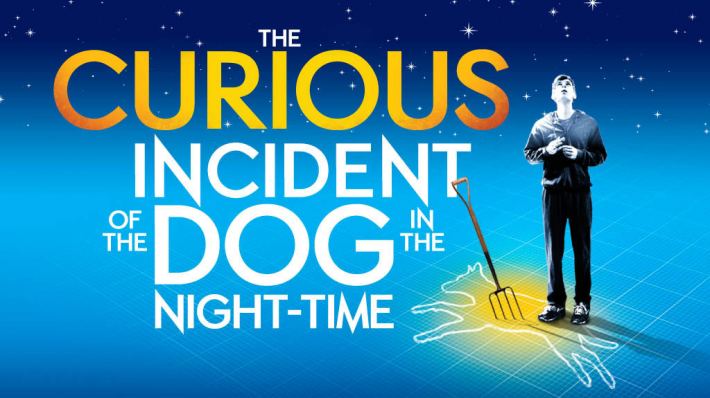 Britain’s oldest dance company, Rambert, is set to host community performances of the National Theatre’s The Curious Incident of the Dog in the Night-Time, the Olivier award-winning production. South London community groups, along with representatives of local employers and businesses, will have the opportunity to watch the production when it is performed in the round in a ‘rehearsal room format’ at Rambert’s new home.
Britain’s oldest dance company, Rambert, is set to host community performances of the National Theatre’s The Curious Incident of the Dog in the Night-Time, the Olivier award-winning production. South London community groups, along with representatives of local employers and businesses, will have the opportunity to watch the production when it is performed in the round in a ‘rehearsal room format’ at Rambert’s new home.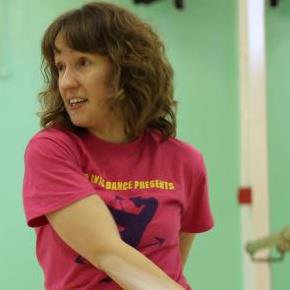 Gemma Coldicott, Step into Dance’s Inclusive Dance Development Officer, has a wealth of dance experience. From studying Dance in the Community at Laban to gaining a Masters in Inclusive Arts Practice from the University of Brighton, Gemma is a leader in her field. Since her studies Gemma now works to mentor and support freelancers teaching inclusive dance sessions, leads inclusive dance training courses, writes training resources and is currently the company Director of SLiDE (South London Inclusive Dance Experience).
Gemma Coldicott, Step into Dance’s Inclusive Dance Development Officer, has a wealth of dance experience. From studying Dance in the Community at Laban to gaining a Masters in Inclusive Arts Practice from the University of Brighton, Gemma is a leader in her field. Since her studies Gemma now works to mentor and support freelancers teaching inclusive dance sessions, leads inclusive dance training courses, writes training resources and is currently the company Director of SLiDE (South London Inclusive Dance Experience). Rachel trained at Middlesex University, and the Merce Cunningham Studios in New York, where she also performed with the Repertory Understudy Group. She has choreographed for Cloud Dance, Actual Size, Middlesex University Students, Switchback Productions and currently a variety of her own projects, including ‘Pull Through, Flick’ performed at Woking Dance Festival, G Live and Cloud Dance Sundays, and ‘Threshold’ at Emerge’13 and Resolution! 2014.
Rachel trained at Middlesex University, and the Merce Cunningham Studios in New York, where she also performed with the Repertory Understudy Group. She has choreographed for Cloud Dance, Actual Size, Middlesex University Students, Switchback Productions and currently a variety of her own projects, including ‘Pull Through, Flick’ performed at Woking Dance Festival, G Live and Cloud Dance Sundays, and ‘Threshold’ at Emerge’13 and Resolution! 2014.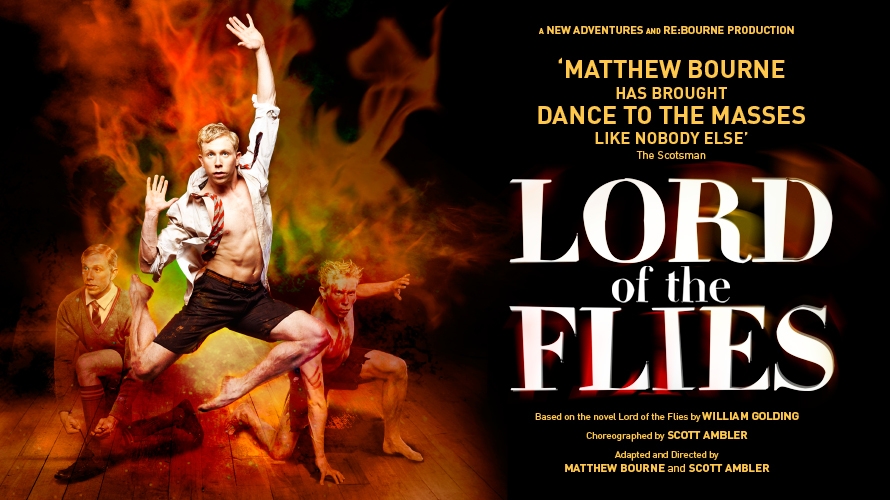 Matthew Bourne’s NEW ADVENTURES has announced the casting for its next dance theatre production, Lord of the Flies, based on William Golding’s classic novel. The production will be choreographed by Scott Ambler, and adapted and directed by both Matthew Bourne and Scott Ambler.
Matthew Bourne’s NEW ADVENTURES has announced the casting for its next dance theatre production, Lord of the Flies, based on William Golding’s classic novel. The production will be choreographed by Scott Ambler, and adapted and directed by both Matthew Bourne and Scott Ambler.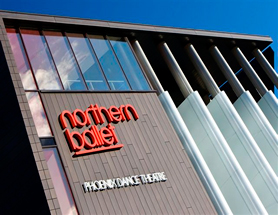 Audiences can have the unique chance to go behind the scenes at two large UK dance companies on 15 February in an event called Open House. Northern Ballet and Phoenix Dance Theatre are opening their doors to the public for people to take a look at what life is like behind-the-scenes in their multi-award winning building. Open House 2014 is a day of free events, which will run at the companies’ home in Leeds.
Audiences can have the unique chance to go behind the scenes at two large UK dance companies on 15 February in an event called Open House. Northern Ballet and Phoenix Dance Theatre are opening their doors to the public for people to take a look at what life is like behind-the-scenes in their multi-award winning building. Open House 2014 is a day of free events, which will run at the companies’ home in Leeds.